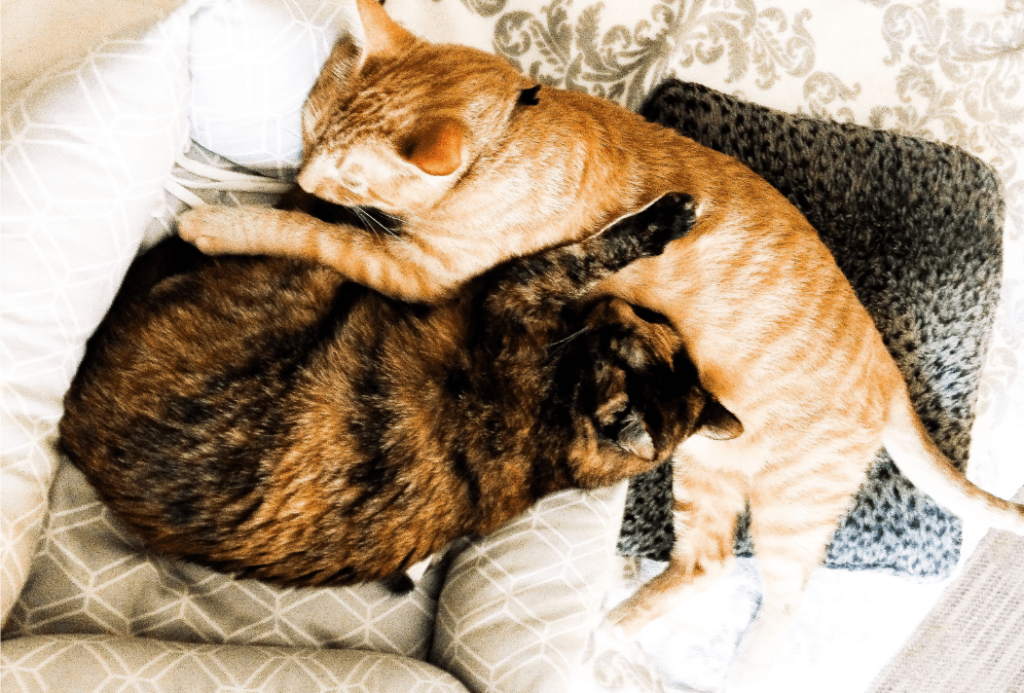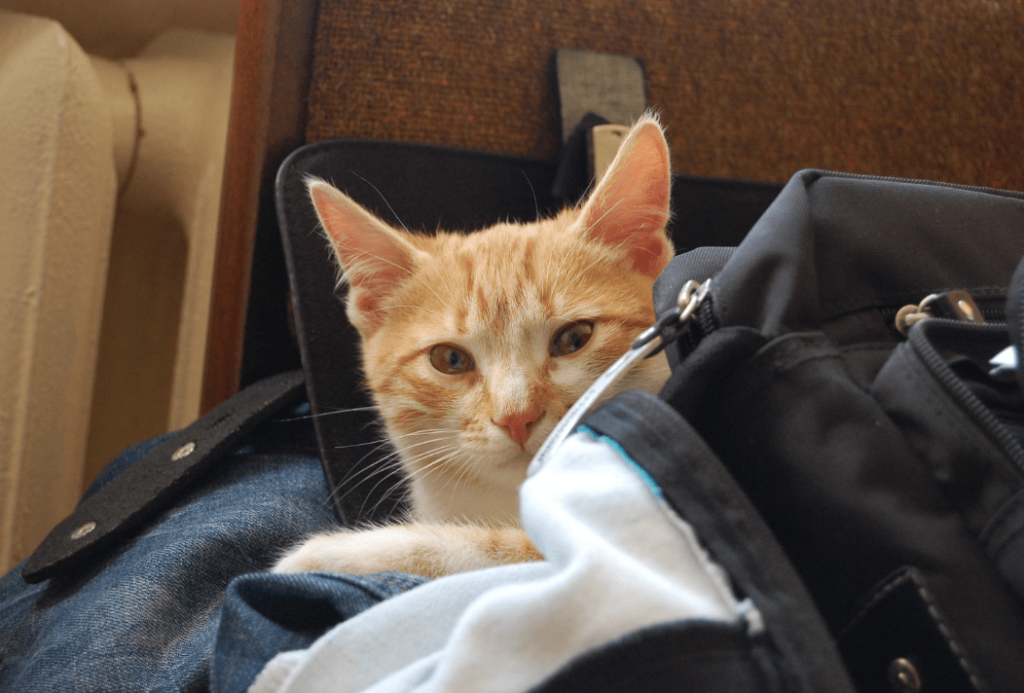There are many people who feel that cats are solitary and unsocial creatures, but this is a common misconception. Cats are actually very social and often enjoy interacting with other cats and their owners.
However, it can be difficult to introduce a new cat to your existing cat because most cats are resistant to change. Even the presence of a new piece of furniture can result in a stressed kitty!

In this article we discuss some considerations to take into account when thinking about adding a new cat to your family. And our vets advise on some of the best ways to help your cats become friendly as soon as possible.
Do cats enjoy company?
Not all cats prefer to eat, sleep, and hide all day. Many of them thrive on interactions between other cats and their owners. In fact, behaviorists describe meowing as a sound that is only used to communicate with humans. Kittens will meow at their moms when they are cold or hungry, but as they get older, cats do not meow at other cats. And because humans have difficulty interpreting other cat language, meowing is a cat’s way of talking to his owner.

Cats enjoy playing, chasing toys, and exercising in short bursts. Cats expend a lot of energy in these bursts and then sleep for a large portion of the day in order to replenish their energy. Their playtime and interactions with us help to promote good physical and mental health. Without environmental enrichment and positive social interactions, cats can become depressed or stressed. For more information, check out our article on anxiety in cats.
Considerations for your cat’s companion
When considering a companion for your cat, keep in mind that littermates tend to get along the best. This is likely because a cat’s window of time for socialization is quite short. Siblings that are less than seven weeks of age tend to get along very well as they get older.
Introducing a kitten or young adult can be easier
Adult cats are more likely to get along with a kitten or a young adult compared to a newly adopted middle-aged or senior cat.
Opposite sex is a better choice for older new additions
If you are looking to adopt a middle-aged or older cat, keep in mind that older existing cats may get along better with a cat who is the opposite sex. Aggression and fighting might increase between two males or two females.
Take it very slow
Remember that it will take some time for adult cats to adjust to a new cat in the home. This could take days or even weeks, and so introductions should be gradual in order to minimize stress. An abrupt introduction may lead your existing cat to develop an aversion to the new cat, and he may become aggressive. For more information on aggression in cats, please read this article.

Cats have different personalities
You should consider the different personalities that cats can have. Most cats who are sociable and outgoing may quickly adjust to a new cat. Cats who are timid or shy may have a harder time adjusting, and cats who are too active or assertive may cause the new cat to become stressed. If your cat is aggressive towards and hisses at other animals, especially feral cats who pass by outside the window, it may be best to avoid adopting another cat.
A cat grieving for his or her bonded friend may not be ready for a new addition
The bond between two cats can be very strong. The loss of one cat while the other survives can be heartbreaking because cats can express grief. A grieving cat may seem restless and will search the house for their missing friend. They may vocalize, especially at nighttime, and they might not socialize in the same ways. Grieving can last for months, so it is best to avoid introducing a new cat during this period.
How to avoid a stressful introduction for your cats
If you would like to adopt a new kitten or cat as a friend for your current one, there are things you can do to minimize stress while also preparing for the new arrival.
Read up and prepare your home!
The vet school at The Ohio State University has a website that provides a wealth of information as part of their Indoor Pet Initiative. The site discusses that cats need hiding places, perching or resting places, toys and play areas, exercise, and a certain number of dishes and litter boxes depending on the number of cats in your home.
Purchase calming products
There are many calming products available to cat owners. Feliway is a pheromone-based product that mimics the pheromones of a nursing mother. It is a natural way to calm cats and is available in different product types such as sprays, wipes, collars, and plug-in oil diffusers. Calming supplements like Composure Pro contain tryptophan, an amino acid that is used to metabolize serotonin, the hormone that stabilizes mood and promotes happiness. Other supplements like Zylkene contain a protein that is found in cow’s milk which helps with stress and anxiety. If these items do not make a difference in your cat’s anxiety, a medication from your veterinarian may be necessary.
Take it one room at a time
To help your new cat, you can bring a towel or blanket from home and then put it in the carrier when you drive him there. When you get home, place the carrier in a quiet, low-traffic area of your home. Do not rush to take your new kitty out of his carrier. Give him about 30 minutes to one hour before you try to remove him. Keep the food dish, water dish, and litter box close to where he is located. When he comes out and appears more comfortable, you can gradually show him the other rooms of your home. If this is too stressful, or if your existing cat is upset, it is best to keep them separated.

Exchange scents
You can keep your new cat in one room of the house until he and your existing cat are relaxed. A good technique to start with is exchanging scents by switching up blankets between the two cats. This allows them to get used to the smell of their new housemate without feeling threatened. Next up, they may then feel comfortable to sniff each other under the door, and in time, you can try placing a child gate in the doorway so they can see one another. If they are still calm, they can interact freely. If you’re still not sure how your existing cat will respond, you might keep him on a leash/harness while he meets the new cat.

Give them spaces to hide and sufficient resources
You can keep your new cat’s carrier door open so that he has a safe place to hide. Also, make sure there are sufficient food dishes, litter boxes, and scratching posts so that your two cats will not have to compete for resources. If your home is small and the two cats can’t really avoid each other, consider purchasing very tall cat trees or install cat shelves so that the two kitties can take advantage of vertical spacing, too.









